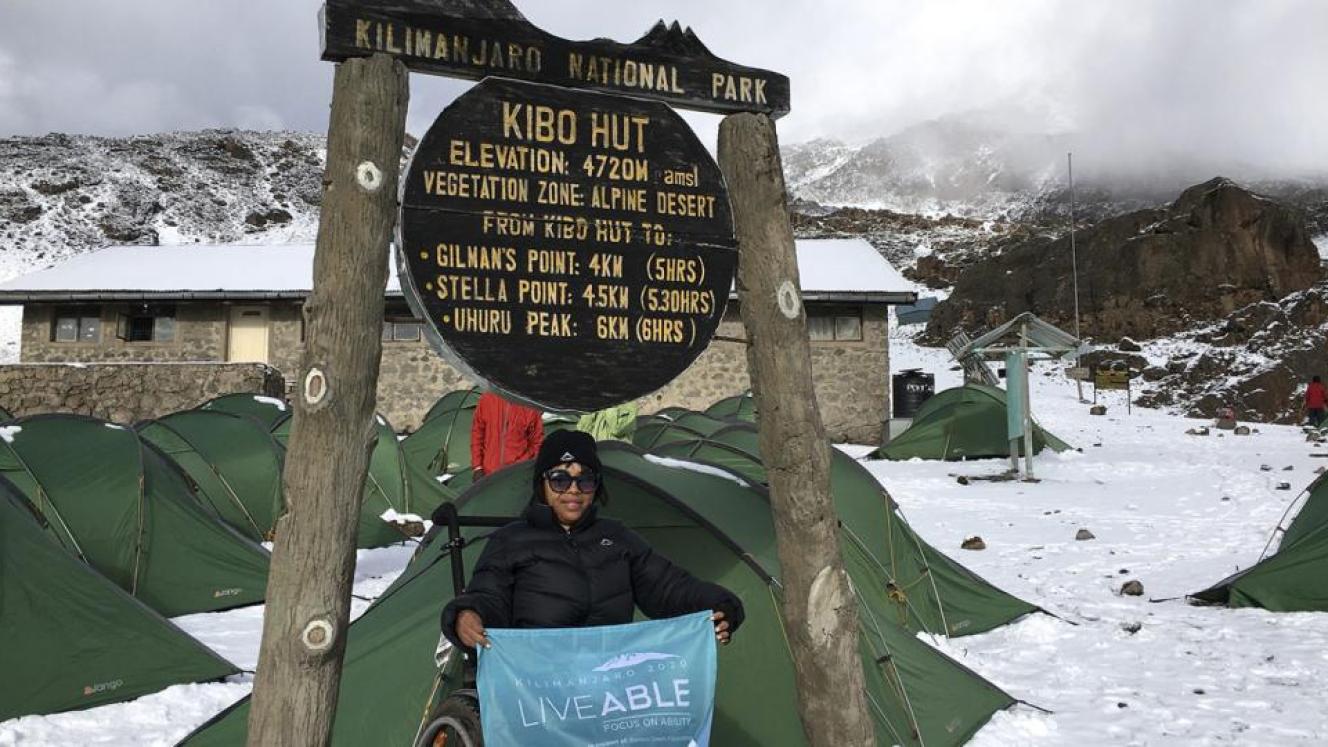When looking at creating inclusive policies in post COVID-19 times, the tourism industry needs to treat accessibility as a competitive advantage, suggests Tarryn Tomlinson, founder and ceo of LiveABLE, a company enabling accessible and inclusive travelling and living.
Tarryn was speaking at Africa Travel Week Virtual 2021, and she clarified just how overlooking the needs of those with disabilities was not only bad for a company’s image, but it could also affect the bottom line.
“Companies will reap the benefits of putting accessibility in place. Designing inclusive experiences reduces the need for personalised services and accommodates the widest range of potential visitors. Embrace a greater diversity of clients for economic sustainability.”
Tarryn said people were not identified as having a disability based on a medical condition. “Rather we are disabled by an environment that erects barriers to our participation in social and economic life.”
Physical barriers could mean steps to an entrance, uneven pathways, or long distances from one section of the premises to another. Social barriers include prejudices, pity, isolating people with disabilities or overprotecting them.
Disability, she said, was not an all-or-nothing concept. It ranged from mild to severe, it could be constant or episodic, seen or unseen, or even temporary, like a broken limb.
Quoting WHO statistics, she said over 1bn people globally were living with some kind of disability, visible or invisible. “This rate is increasing due to ageing populations and the global increase in chronic health conditions.”
Persons with disabilities globally had $200bn (R2,8 trillion) in disposable income per annum, she added, and they did and would continue to travel, deserving equal access to products and services.
She emphasised that travellers with disabilities on average spent two to four times more on holiday expenses. They also stayed in higher-priced accommodation due to requirements for space, hygiene and access.
“We spend more on vehicle hire (bigger vehicles) and door-to-door transportation services. We pay more for extra space on board an aircraft simply to be more comfortable. The long and short of the story is that we pay. As people who pay – more than the average traveller – more attention needs to be paid to getting the basics right for us.”
Baby boomers
Tarryn identified baby boomers as another lucrative market with the need for universal design (the design of products and environments to be usable by all people to the greatest extent possible).
“They are a group of people who make a significant contribution to the luxury and accessible tourism market, particularly as they are holding on to jobs for longer and still outspending the millennials. They are living longer than any generation before them due to medical advances, but more than 50% of them over 65 years already have a mobility impairment.”
She added that baby boomers were also freer to travel around the world year-round as most worked remotely or were on pension.
How to be more accessible
Tarryn offered a few suggestions on how to overcome the environmental and social barriers to accessible tourism.
- As with everything, it starts with education. Gather data on accessible tourism that reveals profile behaviour and spending patterns of travellers with disabilities, their needs as well of those of their families and essential staff.
- Once you have an understanding of how to change, you need to adjust or create accessibility policies and strategies. A large part of the problem is that these policies are designed without the active participation of persons with disabilities, so include them in the process.
- Work on a short-, medium- and long-term strategy. Start with a small ramp and accessible parking bay. Offer more information on your website and install a plug-in. Make it doable and you will be amazed at what a difference it can make.
- Apply international standards to ensure the same level of accessibility and service quality. It also supports a common understanding of tourism products and services.
- Improve customer service. Usually tourism service personnel lack training and therefore confidence with respect to catering for customers with disabilities. Many activities not considered accessible – such as climbing Mount Kilimanjaro – can be adapted for access. Trained staff can alleviate 80% of the barriers faced by persons with disabilities.
- Use innovations and technologies as a lever in marketing travel. Alternative formats like sign language, audio description and braille should be incorporated.
- Target customers through mainstream media channels and not as a niche market. Simply include people with disabilities in your marketing and advertising. Do it in ways that make them part of society, in group settings, enjoying life.
- Terms like ‘accessible’ can be vague and misleading in your information. What is considered accessible for someone in a wheelchair is different for a blind visitor. Information about rooms and specs should be clearly stated. Factors such as bed height are often overlooked by designers and hoteliers even in universally accessible rooms. High beds make it impossible for someone with a disability to access the bed on their own, and in most cases, even with the help of someone else.













